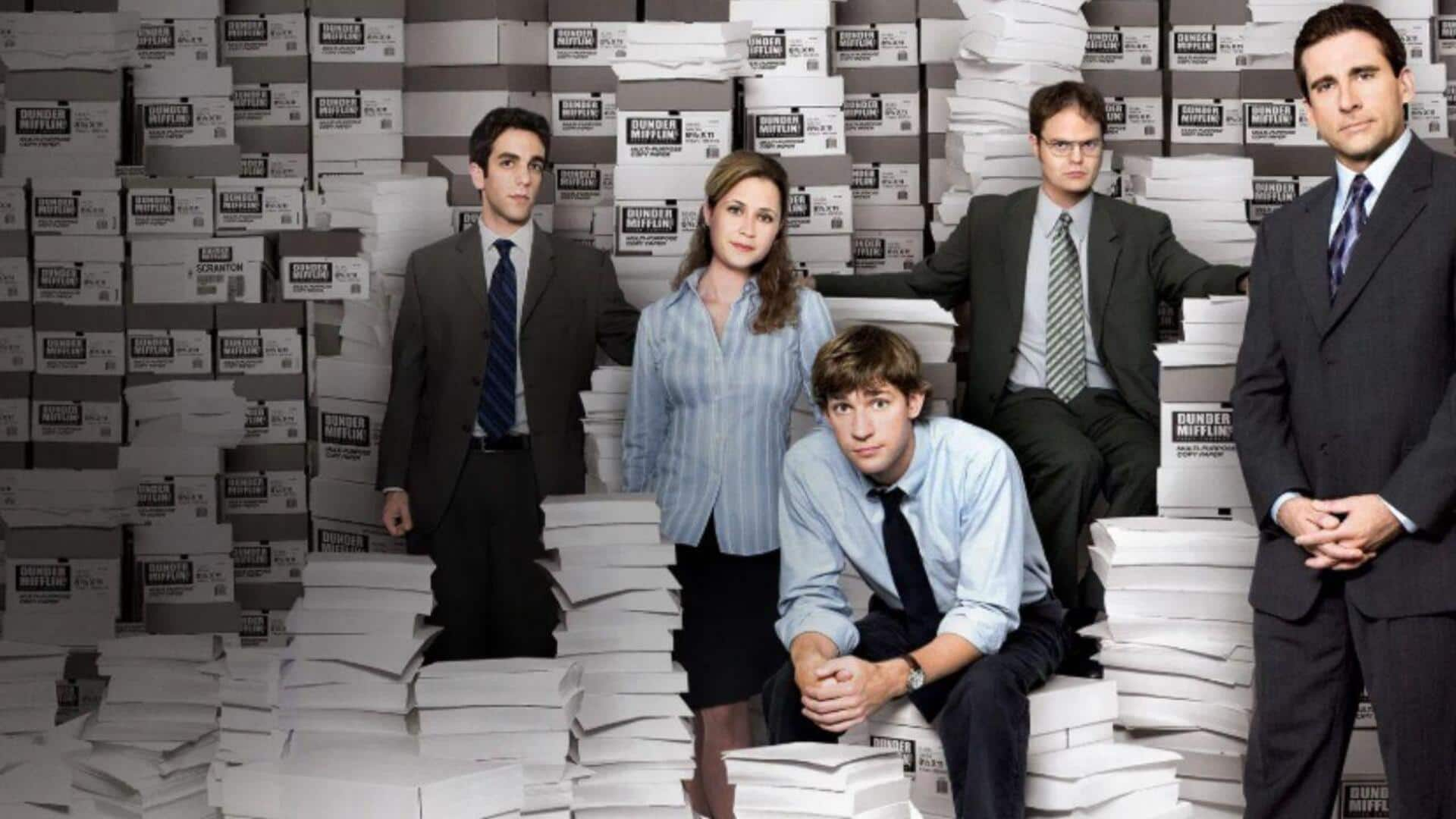
Why 'The Office' isn't the best guide to work culture
What's the story
The Office is a hilarious take on the workings of a corporate world. However, it also tends to exaggerate or misrepresent certain aspects of corporate hierarchy for the sake of humor. While the sitcom is entertaining, it can also mislead one to think that's how offices operate. Knowing these inaccuracies is important for anyone starting or maneuvering through corporate life. It sets realistic expectations and promotes better relations in the workplace.
Managerial dynamics
Misrepresentation of managerial roles
In The Office, it's either that the boss is too bossy or too dumb. In reality, a manager needs to be a combination of both, with a little bit more emphasis on how to work together. A manager is supposed to lead a team, but also be someone they can come to. The show's depiction makes you think they are either tyrants or pushovers, but that's not what they are in most places.
Hierarchical perception
Overemphasis on hierarchical barriers
The series often emphasizes strict hierarchical walls between employees and management. In many modern-day workplaces, there's a focus on open communication and collaboration across all levels. Companies encourage feedback from all employees, irrespective of their position, to promote innovation and streamline processes. This collaborative approach is a stark contrast to the exaggerated hierarchical divides depicted in The Office.
Conflict resolution
Unrealistic depiction of workplace conflicts
In real life, workplace conflicts are resolved through structured conflict resolution strategies, not hilarious antics like in The Office. In the corporate world, conflicts are usually handled through formal processes with human resources or mediation processes to arrive at a mutually beneficial solution. The show's depiction could leave viewers with an unrealistic impression of how workplace disputes need to be handled.
Role complexity
Simplification of employee roles
The Office also tends to reduce employee roles to one-dimensional characters with only a few responsibilities. However, job roles in a corporation are rarely that simple. Employees often have to juggle multiple tasks and adapt to changing demands. This simplification can also lead audiences to underestimate the skills required for various positions in the company.